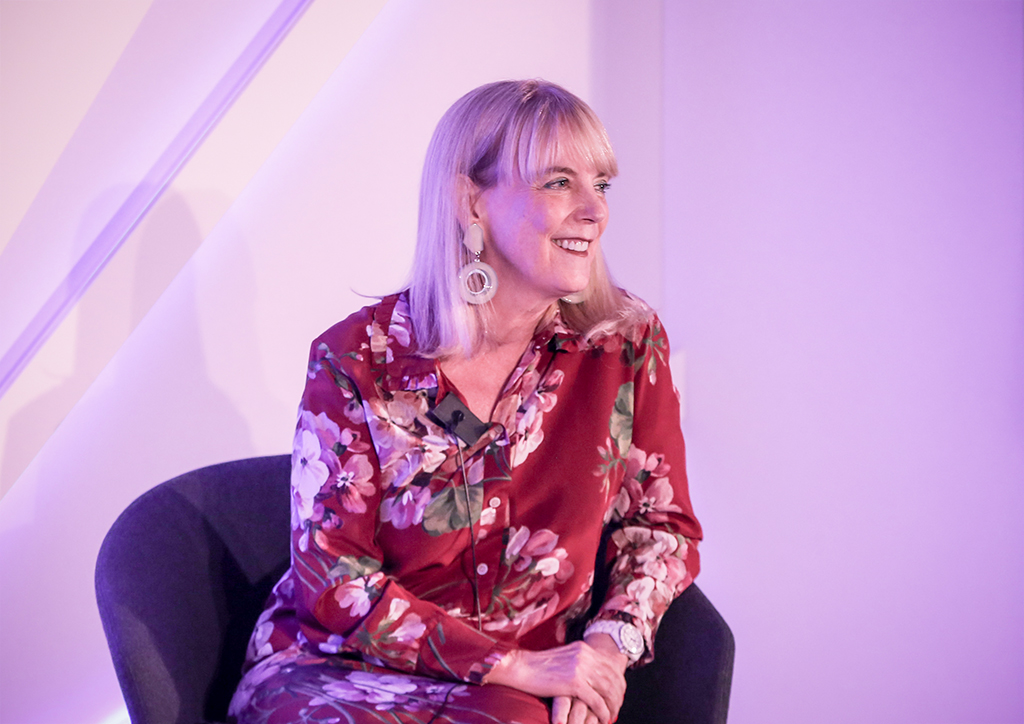
How L’Oréal And Estée Lauder Are Maneuvering To Seal Indie Brand Deals
Beauty industry whales are trying to figure out how to best catch minnows.
L’Oréal and Estée Lauder are adjusting their organizational structures to adroitly identify and acquire rising indie beauty brands, jump on digital innovation in a segment moving at the speed of social media, and ready early-stage companies for corporate expectations. The changes are happening as emerging beauty brands continue to siphon market share from their larger counterparts, and strategic buyers consider deals with tinier and tinier businesses.
“How do we build relationships with brands early? What is the right way of building those relationships?” asked Nicole Fourgoux, senior vice president of business development and acquisitions at L’Oréal Luxe, who sat on a panel with Shana Randhava, vice president of new business development at Estée Lauder, during the second and final day of BeautyX Capital Summit at New York’s Convene meeting venue on Tuesday. “Today, we have informal relationships. We have a lot of mentorship conversations, but there is no money being exchanged. Should we do this? Should we get into those brands in a formal way early on?”
“How do we build relationships with brands early? What is the right way of building those relationships? Today, we have informal relationships. We have a lot of mentorship conversations, but there is no money being exchanged. Should we do this? Should we get into those brands in a formal way early on?”
Fourgoux reported nothing has been decided on about whether L’Oréal should invest in young brands through a venture platform – another beauty conglomerate, Unilever, formed Unilever Ventures, a venture capital and private equity arm that’s invested in True Botanicals, Nutrafol and Beauty Bakerie – a different arrangement or maintain the status quo. The company has, however, rejiggered its acquisitions apparatus to put Carol Hamilton at the helm across the entire spectrum of beauty from mass to prestige as group president of acquisitions. Her expansive responsibilities acknowledge the blurring of beauty retail channels once walled off.
“Part of the role that I am taking on is to not to be channel-handcuffed, but more to be able to see the potential of a brand across many channels and, then, how can a company like L’Oreal strategically develop it to reach its optimum potential?” said Hamilton, a speaker at BeautyX Retail Summit following Fourgoux’s and Randhava’s panel. She elaborates her role serves “all divisions, all channels, all classes of trade and what I call all consumer behaviors.”
The unrestrained view of the beauty landscape reflects L’Oréal’s desire to harness insights from one brand to assist multiple brands and functions, especially in the social media and technology fields. Fourgoux pointed out NYX, a mass cosmetics brands acquired four years ago, taught its fellow L’Oréal brands about influencers after they helped propel NYX, a harbinger of the indie explosion happening at the moment characterized by nascent brands registering high double-digit and triple-digit growth, according to Kline Group.
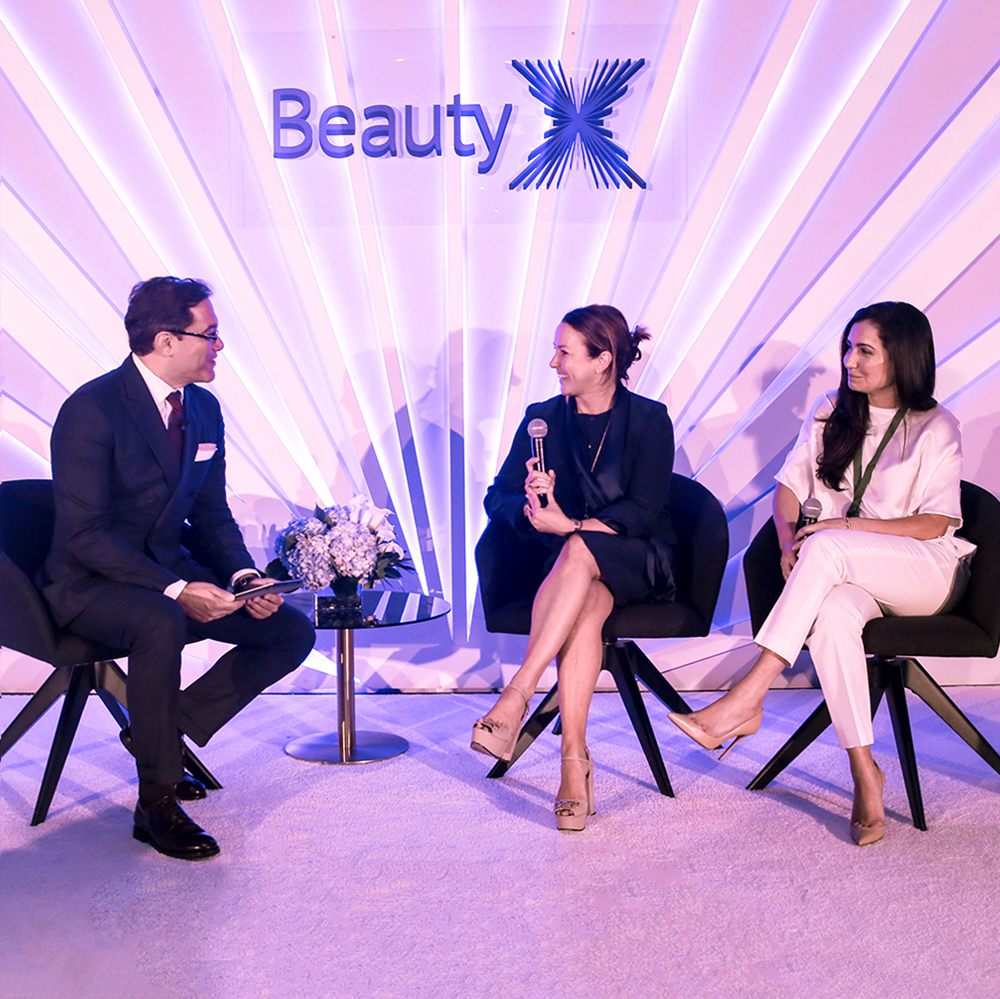
At Estée Lauder, a division called ELC Ventures, which was designed to nurture budding brands the likes of Rodin Olio Lusso, Le Labo and By Kilian, appears to be morphing as the company assesses its connections with beauty startups and responds to contemporary realities. Randhava indicated brand onboarding and investment processes are being separated to ensure Estée Lauder can maximize its expertise in each area.
“We do have to start to explore alternative vehicles in terms of how to invest in early-stage brands, not to just necessarily restrict it to infusion of capital, but are there other mechanisms where we can partner better on maybe more of a capability front?” she said. “Our belief is we don’t necessarily have to acquire every one of [the brands] out there. It’s really, ‘How do we better support the ecosystem to drive the best solutions to consumers?’”
Acquisition isn’t the only path established beauty companies are heading down to capture indie verve. Unilever created natural brands Love Beauty and Planet and Apothecare Essentials in-house. L’Oréal provides funding and manufacturing facilities for Seed Phytonutrients, but the sustainable haircare brand founded by Shane Wolf, general manager worldwide of L’Oréal-owned Redken, Pureology and Mizani, operates on its own.
“We do have to start to explore alternative vehicles in terms of how to invest in early-stage brands, not to just necessarily restrict it to infusion of capital, but are there other mechanisms where we can partner better on maybe more of a capability front? Our belief is we don’t necessarily have to acquire every one of [the brands] out there. It’s really, ‘How do we better support the ecosystem to drive the best solutions to consumers?’”
Fourgoux is bullish on the Seed Phytonutrients model because it gives L’Oréal an understanding of the struggles facing startups, and she said the model could be replicated. When vetting a fledgling brand, Fourgoux expounded, “Frankly, very often we got to the point [where] we were asking ourselves, ‘Could we do this ourselves at this early stage and maybe better in our own way, obviously not copying the brand? There was not enough of differentiated, developed brand equity there to justify the…value as opposed to L’Oréal people working on a project by themselves.”
Fourgoux certainly didn’t imply brands conceived inside of L’Oréal are going to supplant acquisitions. On the contrary, she emphasized the power of purchasing a small brand that can become a major force, mentioning Kiehl’s Since 1851 was picked up in 2000 for $30 million and now generates over $1 billion in sales annually. Fourgoux said, “The objective is really to acquire brands not to fill a quick hole in one region or one country, but, what is the brand that has the potential to become the next $1 billion global brand?”
Hamilton is watching the wellness sector in particular to discover big brands in the making. “I think that the wellness phenomenon is just at the very beginning of its growth spurt, and that it’s going to fundamentally change so much about beauty, already in skincare, but also in makeup and just the whole beauty experience. So, I’m really obsessed with looking at brands in that space,” she said, adding. “Wellness has become the new status symbol, and it’s transcended above a lot of different trends…As a beauty company, obviously, L’Oréal needs to be on the forefront of that.”

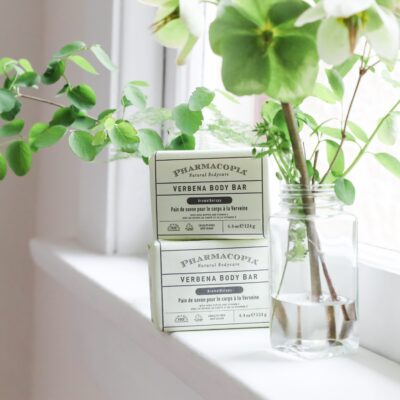
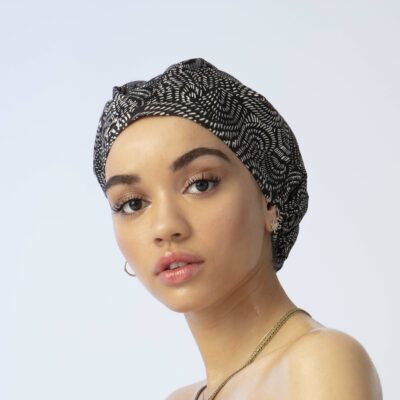
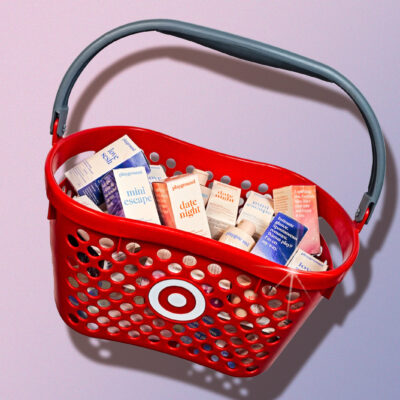

Leave a Reply
You must be logged in to post a comment.